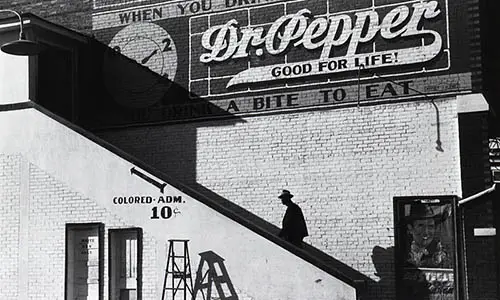1. Seventeen States Practiced Racial Segregation
By the time racial segregation was struck down by the Supreme Court of the U.S. in 1954, 17 states (some in the South and those bordering the District of Columbia) had made racial segregation legal in public schools. Four more states—Kansas, Arizona, Wyoming, and New Mexico—allowed local communities to practice segregation. Most black schools lacked basic amenities like libraries, running water, cafeterias, and electricity.
2. The “Brown Versus Board of Education” Case
Five court cases were filed between 1950 and 1951 in South Carolina, Kansas, District of Columbia, Delaware, and Virginia on behalf of elementary schools. Many parents signed as plaintiffs including Oliver Brown, a resident of Kansas. Upon consolidation of the cases by the Supreme Court in 1952, Brown’s name was deliberately featured on the title of the case so as not to make the case appear purely southern.
3. Rulings in Lower Courts Supported Abolishment of Segregation
Rulings made on cases filed in five lower courts seeking to remove legally segregated schools upheld that segregation in schools needed to be abolished. In Kansas, the court ruling upheld that schools for black students were substantially equal and met the Plessy doctrine. In South Carolina, the judge termed segregation in schools an evil that needed to be eradicated. A court in Delaware ruled that 11 black students had the right to attend white schools.
4. Plaintiffs Took Personal Risk
Following the filing of lawsuits, several plaintiffs as well as their family members lost their jobs; and their credit was withdrawn. Retaliation to filing of lawsuits was much serious in South Carolina, where persons of white descent set ablaze the church and house of Reverend Joseph DeLaine, an active plaintiff. Judge Waring was forced off the bench and faced death threats.
5. Segregation in Schools’ Case Argued by Thurgood Marshall
Thurgood Marshall, a slave’s great-grandson who studied at Howard Law School, argued the case against segregation in schools at the Supreme Court. In his opinion, segregation imposed by the state was emotionally damaging and inherently discriminatory. Thurgood Marshall went on to become the first black judge to sit on the Supreme Court, where he served between 1967 and 1991.
6. Thurgood Marshall’s Argument Backed by the U.S. Government
The Department of Justice of the U.S. took a position on the Brown versus Board of Education case, having filed a friend-of-the-court application. The Department rarely took positions in cases that had nothing to do with federal law. However, this case was an exception as the Department upheld that equal but separate school facilities were not constitutional.
7. Schools are Segregated More Today
A report generated by ProPublica shows that in the South, 1% of black students went to white schools in 1963; but by the 1970s, 90% of black students went to desegregated schools. Due to outright extraction of federal desegregation requirements or lax enforcement of the law, today black children go to schools where 90% of fellow students are black.
8. Segregation in Schools Worse in Northeastern States
Black children living in Northeastern states are segregated more compared to children in Southern states. In 2011, 51.4% of black children in Northeastern states went to schools where 90% to 100% of the population was minority. New York State was the worst, with black children in the Empire State likely to go to majority-minority schools.
9. Most Racially Integrated Schools in West Virginia
There are no black children attending schools with more than 90% minority population in West Virginia. The majority, 92.9%, of black children living in this state attend schools where most of the students are white.
10. Latinos are Most Segregated
In most Western and Southern states, Latinos form the majority of minority students. More Latinos live in the South compared to blacks, despite the fact that the blacks are considered to inhabit the Southern states.











Leave a Reply